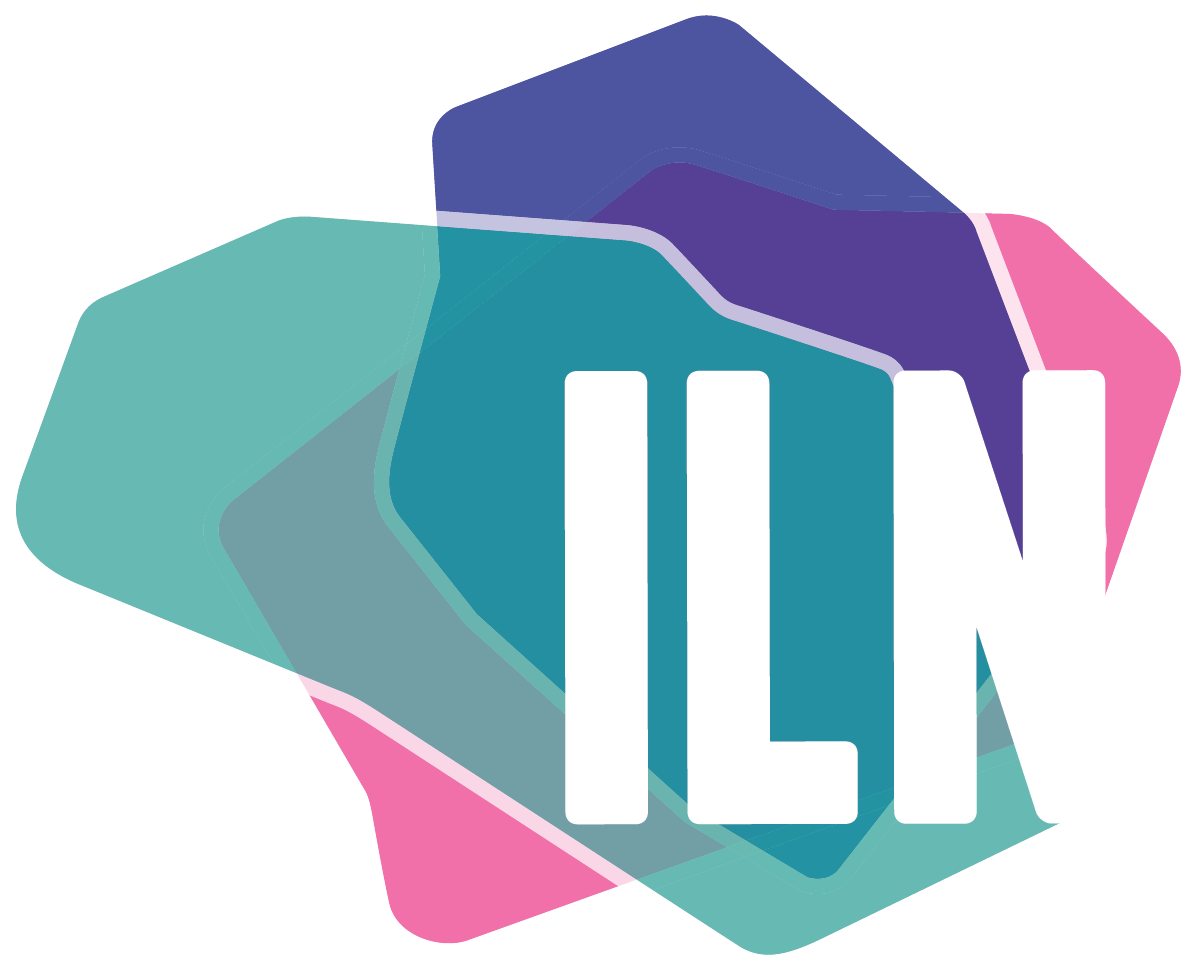Goodnight ILN
[Note: this blog post details the conclusion of the original ILN in 2020 and how it used creativity destruction as a positive force. The new ILN launched in January 2023!]
Summing up the fifteen years of an organization is impossible, as impossible as knowing the ILN is coming to an end. But it is some of our first lessons (way back in 2005) that fuels our elegant, future-forward ending. The concepts of the innovation lifecycle and creative destruction have taken center stage. The innovation lifecycle is a simple framework that helps one map which phase the “work” is in: birth, growth, maturity, decline, or death. Creative destruction, on the other hand, is intentional destruction to create more fertile space for new ideas to take hold. Bringing these two concepts together shifts thinking from “what can I do to prevent decline?” to “what can I clear away to make new space?”. And this is the phase and intention that the ILN has boldly stepped into.
Before we go deeper into destruction, there are two places I want to take you: Mars and a kelp forest. I am enthralled with everything Mars. There is just something mysterious and alluring about our red neighbor, and the innovation it takes to understand and visit is astounding. So when the Mars Rovers began transmitting the first images from Mars in 2004, I was riveted. Remarkably, those little rovers were designed for a 90-day life, but year after year they just kept going. Over time, when people asked about the ILN, I would tell them it was like the Mars Rover. You see, the ILN was supposed to be a one-year-long learning collaborative powered by a grant. Instead, it went on year after year fueled by the passion of its members. Perhaps I should have realized that when the final Rover conked out in its fifteen-year that it was a bad omen for us. Nevertheless, the job of this 90-day robot continuing on for fifteen years is simply wonderful. Goodnight Rover.
A few weeks ago, I watched a heartbreaking and gorgeous documentary called “My Octopus Teacher”. It traces in parallel the videographer’s mental health and his unlikely relationship with an octopus. At first unsure and tenuous, the two create a bond as the videographer visits the same kelp forest every day for a year. The joy of this friendship, filled with discovery and trust, reminded me of the ILN journey. At first, everyone was scared to share, but through dinners, wine, and laughter, there was a shift from leary to curious and then on to the joy of discovery. Something I learned from the film: the common octopus lifespan is one year. Day after day, as this octopus and videographer reach out for one another, the bittersweet realization sets in that this too is fleeting and so very precious. Goodnight Octopus.
And so, in the lifecycle of innovation, the ILN now finds itself in the Death Phase. It would be easy to shy away from the signals of the past four years and simply blame the Pandemic. Yes, the Pandemic played a significant role, but its most powerful role was offering clarity on the ILN’s end. The ILN began with committing ourselves to friendship in service of our missions, to sharing freely our know-how in service of innovating faster, and to thriving on the fringe unafraid of being uncomfortable. Even at the end of year one when the ILN was supposed to end, I could have declared Mission Accomplished. But the universe decided that 14 more years were needed. As the ILN ends in its fifteenth year, space is being made in the most fertile of innovative soils. Goodnight ILN.
The Innovation Learning Network
2005 - 2020
[Post Note: the new ILN launched in January 2023]

